Halebid, this place was known as Dwara Samudra, the wealthy capital of the Hoysalas. Halebid has several strikingly beautiful Hoysala Temples and Jain shrines. The Hoysaleshwara temple, standing on platform like a casket, is a sculptural extravaganza, richly endowed with most finely detailed scrollwork in stone.
Outside the temple is a Nandi (Bull), the mount of Shiva, and a hillock where the palaces stood, connected to the temple by a passage. Inside its dark depths, the queen Shantala Devi beckons from an alcove. The figure of mortals and immortals are larger here as compared to Belur and are beautifully chiseled, in shining black stone. The walls of the temple are covered with variety of gods and goddesses, animals, birds and dancing girls.
There is a museum outside in the sprawling lawn with 12-13th century sculpture and the gold coins in use at the time. One more famous temple is the Keddareshwara temple, where the sculptor’s virtuosity seems to have surpassed even the goldsmith’s skill in its sheer intricacy. One kilometer from Halebid is Basti hill, where there are Jain Bastis with gleaming black stone pillars.
Halebid
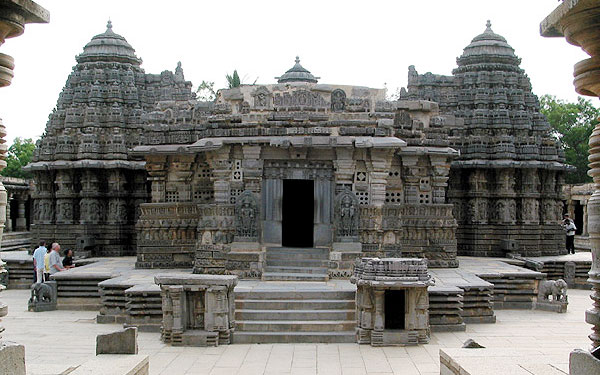
Belur
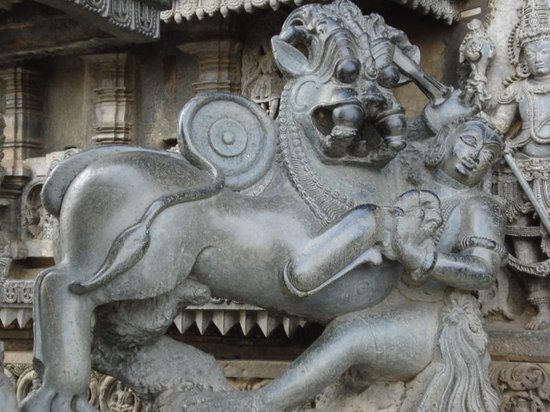
Shravanabelagola
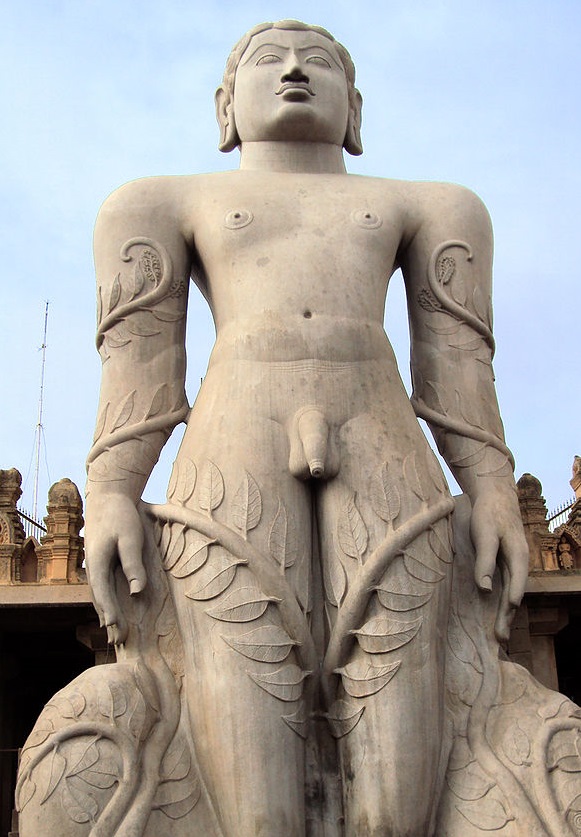
Mosale
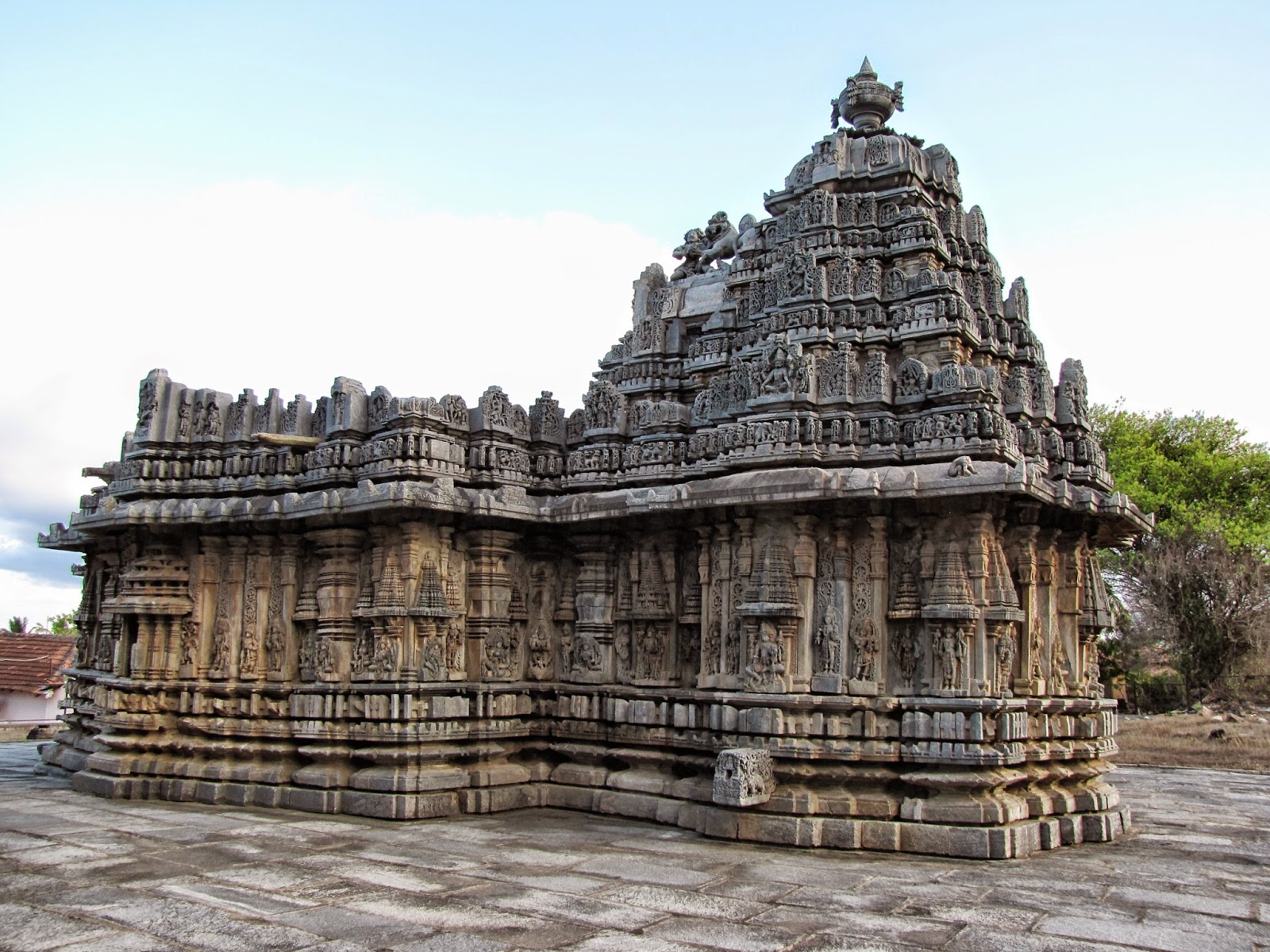
Bisle Ghat
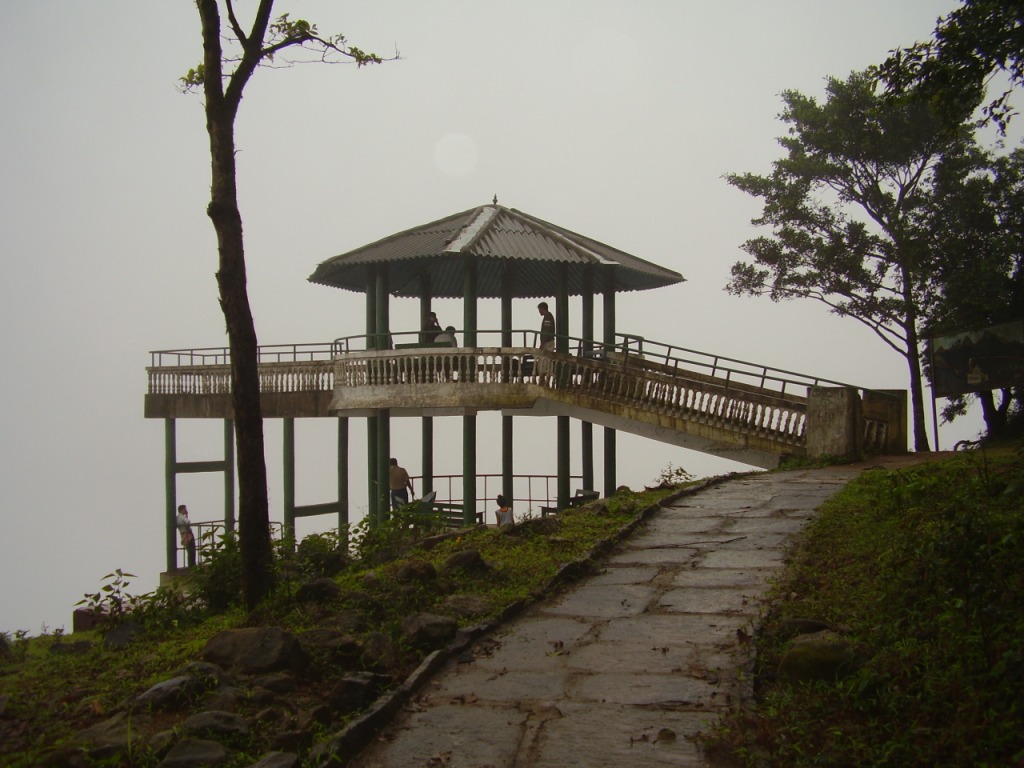
Gorur
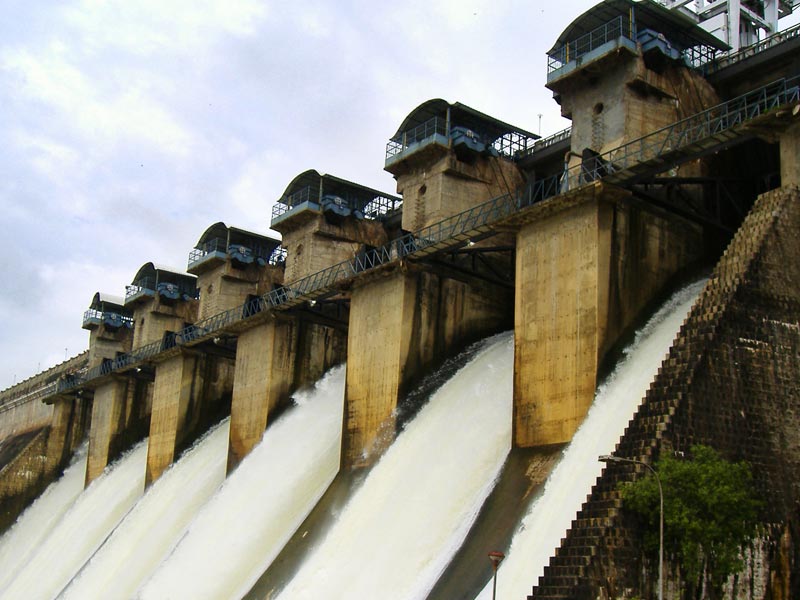
Belur is famous for its exquisite temples. Belur is known as the Dakshina Varanasi or Southern Banaras. The tranquility of Belur is accredited to the celebrated temple of Channakeshava, built by the Hoysala King Vishnuvardhana in 1117 A.D. to honor his conversion from Jainism to Vaishnavism.
The main formation of the temple, which is star-shaped, is a uniform architectural unit on a raised platform. Everything is carved in black stone, looking like metal. Facing the temple at the entrance stands the winged figure of Garuda, Lord Vishnu’s hauler. The 650 charging elephants on the frieze around the walls outside are all different from each other. The exotic bracket figures on the walls of this temple are serene, playful and amorous, enhancing the overall effect of this pinnacle of architectural excellence.
Inside, even in the darkness, you can see the hand-lathed-turned shining pillars, each unique in its own splendor. On the smooth circular platform in front of the shrine, you can see the beautiful Shantala Devi, queen of King Vishnuvardhana. The spotlight is now on to the four famous bracket figures on the ornate ceiling. All these figures have been inspired by Shantala Devi’s voluptuous beauty. Sculpted limbs undulate in lyrical lines. One sculpted beauty communicates with a pet parrot whose tail is peacock like, another wrings water from her long hair and you can see the drops collected on hair-ends, the delicacy and attention to the finest details here are incredible.
Bhagavan Bahubali in Shravanabelagola Wedged between two stark rocky hills, this legendary pilgrim center and shrine of the Jains since early times. The monolithic statute of Lord Gomateshwara, a Jain saint and an object of worship for centuries, standing atop one of the hills, is 17 meters tall and it is said to be one of the tallest and most graceful monolithic statues in the world.
Chamundaraya, a general and minister of the Ganga, King Rachamatta, shaped the symmetry in stone around 983 A.D. The Mahamastakabhisheka festival, an elaborate ritual, held here once every 12 years, the last one in 1993, attracts devotees from all over the world.
Priests climb up to pour pots of coconut water, turmeric paste and vermilion powder over the statue’s head. Just opposite is the smaller Chandragiri hill, where some Jain temples and tomb of Chandragupta Maurya, famous patron of Jainism can be seen.
Mosale is situated in Hassan-Mysore road. You can have the “darshan” of the Lord Nageshwara and Channakeshava. The twin temple is a place to visit. The Nageshvara-Chennakeshava temple complex is an elegant example of Hoysala architecture of the early 12th century. It is located in the village of Mosale, about 10 km from Hassan city, in Hassan district of Karnataka state, India. The temple was built in 1200 A.D. during the reign of Hoysala King Veera Ballala II. According to art historian Gerard Foekema, the two temples that are built next to each other, in an idyllic rural setting, form a “perfect twin”.
Bisle is a reserve forest along the border of Hassan and Dakshina Kannada districts of Karnataka The forest is dense and deep and have lot of lush vegetation. Animals like leopard, chital, Gaur, Malabar giant squirrel etc can be spotted in the forest. There is a view point at Bisle known as the Bisle beauty spot. A lot of mountains and and forest can be viewed from here. The forest here is full of streams and rocks. During the monsoon it rains really heavy and the whole forest will be misty through out the day. Through the forest there is a road connecting Kukke Subrahmanya to Sakaleshpura. The 30km stretch passes through the reserve forest. The village at the start of the reserve forest is also known by the name of Bisle.
Gorur is situated in Hassan-Arkalgud road. The temple of Yoganarasimha Swamy located on the banks of river Hemavathi is in Hoysala style. Trikuteshwara, Vasudeva and Kailaseshwara temples are located here. The dam constructed across the river Hemavathi is a picnic spot.

